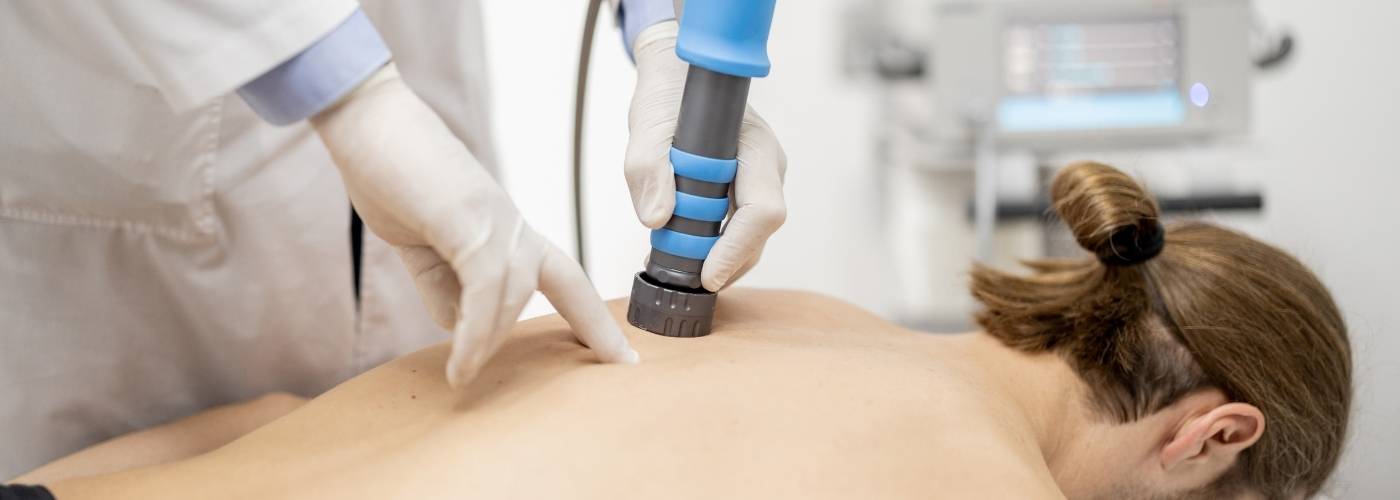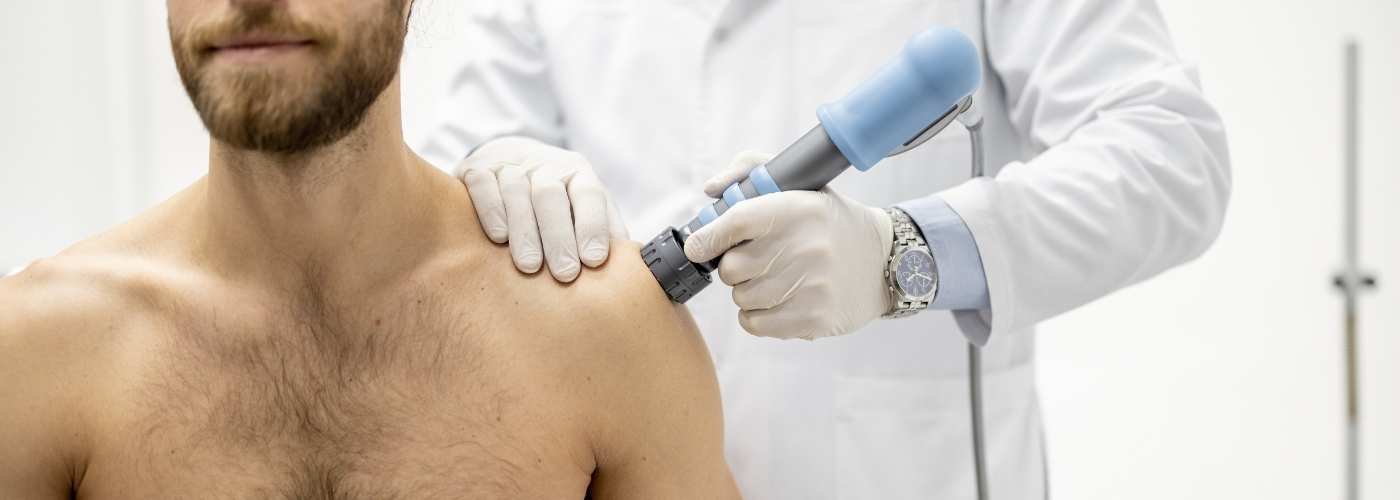Roughly 30 million men suffer from erectile dysfunction in the United States. Erectile dysfunction can stem from many causes, like stress, poor exercise, poor diet, age, low testosterone, and several other factors. While erectile dysfunction is a serious problem for many, it doesn’t have to ruin a person’s life completely. Acoustic wave therapy is a natural treatment that many men undergo. We’ll be talking about the risks and benefits of acoustic wave therapy.
What Is Acoustic Wave Therapy

Acoustic wave therapy is a treatment for erectile dysfunction that uses sound waves to improve blood flow to the penis. The treatment is non-invasive and effective in men with mild to moderate erectile dysfunction. Acoustic wave therapy may be an option for men who do not respond to other treatments for erectile dysfunction, such as oral medications or vacuum devices.
The process of acoustic wave therapy is fairly simple. A special gel lubricates the shaft of the penis. Then a medical device is placed over the penis. Once the device is placed, the treatment produces vibrations so that the body may increase blood circulation. Thus, helping men to get and maintain a hard erection. The treatment is virtually painless, with very minimal discomfort.
What Is Acoustic Wave Therapy For Erectile Dysfunction

Acoustic wave therapy is a new treatment for erectile dysfunction that uses sound waves to potentially improve blood flow to the penis and increase erectile function. The therapy is non-invasive, safe, effective, and has no side effects. Acoustic wave therapy has been said to be an effective treatment for erectile dysfunction and can provide long-term relief from the condition.
With age, many men suffer from erectile dysfunction, which decreases their quality of life and romance. There are several potential causes for erectile dysfunction, like low testosterone, poor diet, stress, age, and other negative health factors. This is why it’s extremely important to keep your health in check with your doctor as you age. Staying one step ahead is a great way to prevent major health issues.
Negative health factors like low testosterone can cause erectile dysfunction and premature ejaculation.
Is Acoustic Wave Therapy FDA Approved

While the therapy is not yet FDA-approved, early studies are promising, and Acoustic Wave Therapy may soon become a popular treatment for erectile dysfunction.
Erectile dysfunction (ED) is a common problem for men, affecting up to 30 million men in the US. While there are many potential causes of ED, it is often a result of physical problems. Acoustic wave therapy is a new treatment that uses sound waves to improve blood flow and potentially treat ED.
Increasing blood flow to the penis may treat erectile dysfunction. A boost in blood circulation may help a man get an erection easily. While many men find it difficult to maintain and get a hard erection, acoustic wave therapy may be the solution. It’s best to speak with a male ED doctor about this issue. Not everyone gets the same results from the treatment, so speak with your primary doctor before considering this ED treatment.
Does Acoustic Wave Therapy Work For Peyronie’s
Acoustic wave therapy is a new erectile dysfunction treatment that has shown promise in medical studies. The therapy uses sound waves to break up the plaque that may cause Peyronie’s disease, which can lead to erectile dysfunction.
The early results of acoustic wave therapy are promising, with some men improving their erections after just a few sessions. The therapy is non-invasive and has minimal side effects, making it an attractive option for men with Peyronie’s disease.
Acoustic wave therapy is still in the early stages of development, and more research is needed to determine its long-term efficacy. However, the potential benefits of this new treatment make it worth exploring for men with Peyronie’s disease who are looking for alternatives to traditional treatments.
